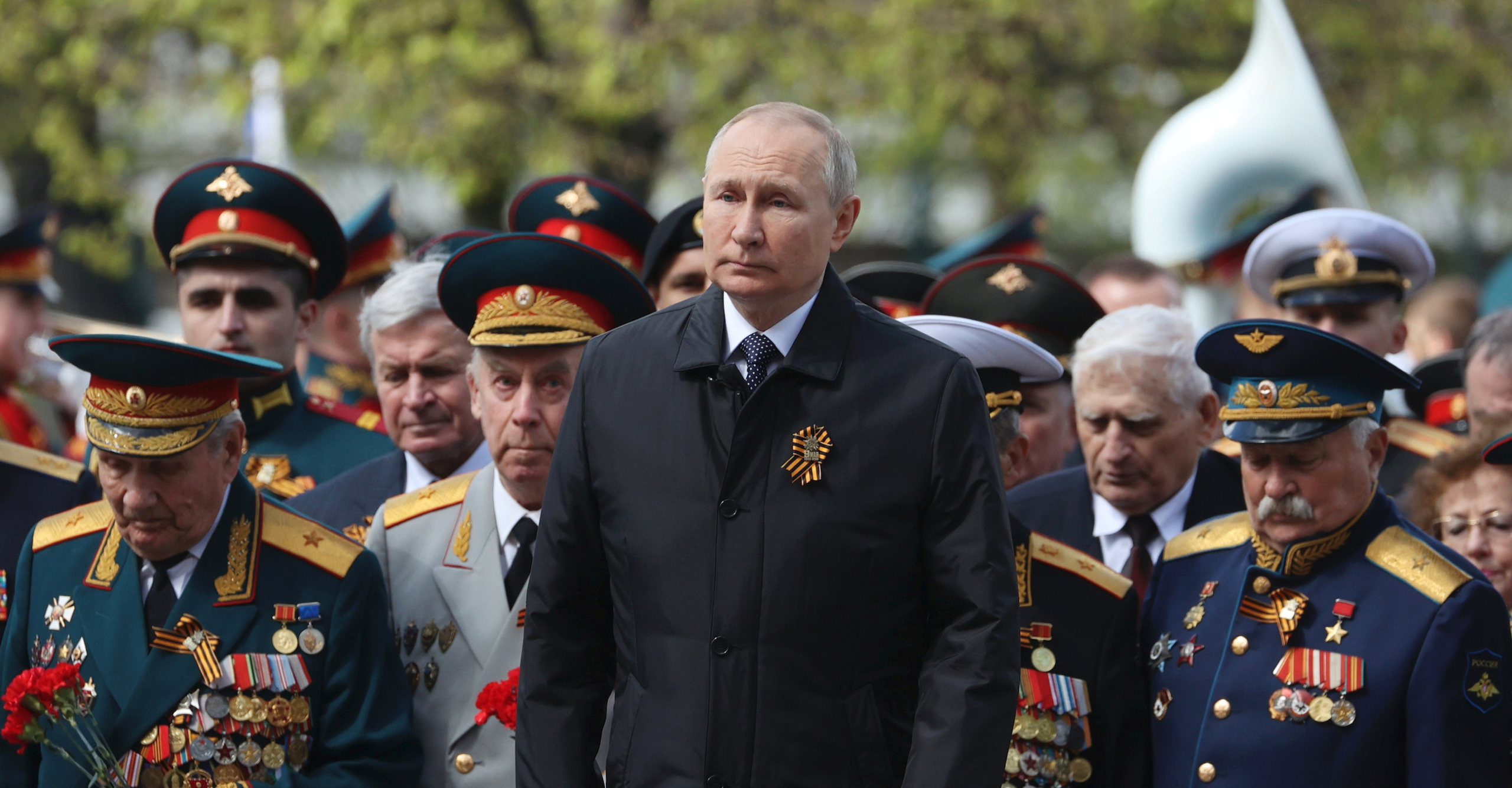Sign up for The Media Today, CJR’s daily newsletter.
This week, CJR rolls out a new Friday version of The Media Today, revisiting pieces from the CJR archives. It will be written by CJR editor and publisher Kyle Pope.
NEW THREATS THIS AUTUMN from Vladimir Putin have restarted the drumbeat of nuclear-weapons coverage that began in February with Russia’s assault on Ukraine. At the time, Cold War historians surfaced to talk about the Cuban missile crisis, people went to Amazon to order iodine pills, and a spate of coverage wondered whether Putin was, in fact, crazy. Now the refrain is back, made more ominous by the fact that, in Russia, military-age men are doing everything they can to flee the country amid a national draft. Historians who may have thought their cable-news gravy-train days were behind them are once again in demand, and newspaper op-ed writers are wondering once again whether this is, in fact, it.
I, myself, am bingeing Armageddon; at this point, after a few rounds of apocalyptic coverage, I could talk to you about the blast differential between low-yield and tactical bombs and the protocols that exist in Moscow and Washington before the trigger can be pulled. But it’s a terrifyingly circular kind of news, much of it speculative, and ultimately brings me right back to a place of uncertainty.
Historians and columnists don’t know what happens next; I certainly don’t, and, in all likelihood, nobody outside of Putin’s brain does. Given that—and given the fact that such reporting can legitimately scare people—newsrooms need to grapple more than they are with how to cover the threat. Clearly, whatever Putin says about this is news, as is the reaction in Washington and around the world. But where do you go next? How much speculation do we need? Where’s the line between vital information and fearmongering?
The theme of all of this is uncertainty, which journalism has usually found quite difficult to get its arms around. Sometimes, however, the way into a story is to reject uncertainty and to focus instead on what can be decisively known. In 2018, CJR profiled the Marshall Islands Journal, the only newspaper in the nation, whose population numbers around fifty thousand people. It was started in 1970 by an Irish Catholic journalist and Peace Corps volunteer from Philadelphia, and has been edited by Giff Johnson since 1984. In a moment when local news outlets are dying, this one, an island unto itself, presses on, documenting school-opening delays and squabbles over the local budget.

EIC Giff Johnson and Tia Belau publisher Moses Uludong of Palau in the Marshall Islands Journal’s newsroom in Majuro, 2016. Photo: Hilary Hosia.
From 1946 to 1958, the US government conducted sixty-seven nuclear tests on the Marshall Islands. “All combined,” wrote George Wright in CJR, “the tests worked out to the equivalent of dropping 1.6 Hiroshima bombs every day for 12 years.” The Journal’s approach to covering this history was to dig in to the ongoing significance of those tests to the islands’ residents. There is, it turns out, comfort in sticking with facts. Wright continues:
The knock-on effects of the tests—which have amounted to a kind of nuclear colonialism for the islands—have been devastating, with more than half of cancer diagnoses in Rongelap Atoll being attributed to fallout exposure, according to the US National Cancer Institute. Many residents there have accused the US of deliberately using Rongelap islanders as human guinea pigs after they returned home three years after “Castle Bravo.” The Journal has been a proponent of those voices. A 1995 editorial slammed the “ignominious treatment of the Rongelap Islanders by the US.”
The archives of this tiny local newspaper are a timely reminder that there is no shortage of facts to report on nuclear weapons and their effects—and the ongoing value of reporting that locates its concerns outside of the mind of a desperate and cornered seventy-year-old man.
ONE OTHER CJR STORY relevant to nuclear coverage was published in our 2020 Climate Issue, and written by E. Tammy Kim. It was titled, appropriately, “Panic Time,” and profiled the Bulletin of the Atomic Scientists, a publication best known for its Doomsday Clock. The Bulletin had, in recent years, shifted its coverage to include extensive reporting on the climate crisis, which it sees as a similarly existential threat. Kim quotes Jerry Brown, the former California governor, about how the press should even begin to think about writing about the nuclear threat:
How much is too much apocalypse talk? “It’s very hard to find the words, even, to express the moment we now are in,” Brown said, during the clock announcement. “I myself am a person of limitless words, but I can’t find how to say it in such a way that it can be heard.”
Other notable stories:
- Yesterday, Reporters Without Borders (RSF) honored sixty-six war reporters who were killed during the past year, inscribing their names onto and installing a memorial stone at the Reporters Memorial in Bayeux, in northern France. RSF’s announcement included tributes to journalists including Shireen Abu Akleh, Maks Levin, and Frédéric Leclerc-Imhoff; it also noted that Mexico “is experiencing the deadliest period for the media in its history.” In April, Paroma Soni wrote for CJR about violent threats against Mexico’s journalists.
- Unknown assailants shot and killed Nagihan Akarsel, a feminist Kurdish activist and magazine editor, outside her home in Iraqi Kurdistan on Tuesday. Akarsel edited Jineologî, a publication dedicated to the women’s liberation movement. “Akarsel the fourth Kurdish dissident of Turkish origin to be murdered in Iraqi Kurdistan in the past year,” reports RSF.
- A Burmese court sentenced Toru Kubota, a Japanese documentary filmmaker, to ten years in prison yesterday on charges including sedition and violating electronic communications laws. Kubota, who had previously reported on Myanmar’s persecuted Rohingya minority, was arrested in July while filming a protest in Yangon, according to the Committee to Protect Journalists.
- Prince Harry and singer Elton John are among a group of people who are reportedly taking legal action against the publisher of the Daily Mail newspaper, alleging phone-tapping and other breaches of privacy, Reuters reports. A statement from the complainants’ legal team alleges numerous breaches, including “placing listening devices inside people’s cars and homes, commissioning the bugging of live, private telephone calls, payment of police officials for sensitive information, and impersonating individuals to obtain medical records.” A spokesman for Associated Newspapers, which publishes the Daily Mail, called the allegations “unsubstantiated and highly defamatory claims, based on no credible evidence.”
Has America ever needed a media defender more than now? Help us by joining CJR today.



